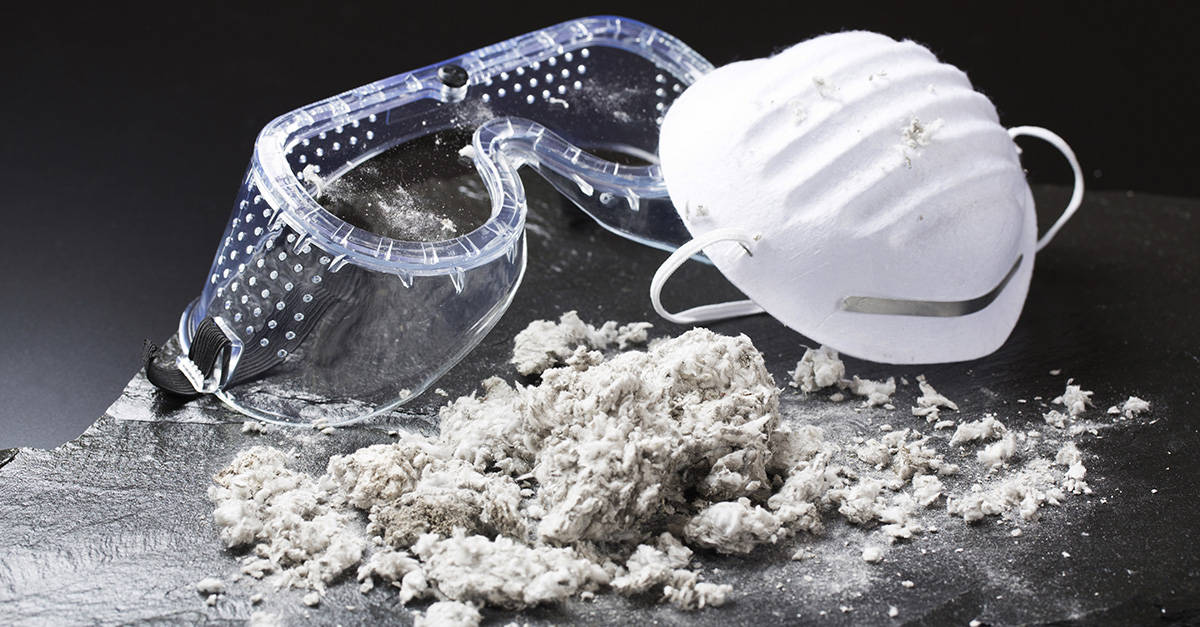
Be proactive to protect your workers and yourself.
If you’re planning a renovation or demolition project, you need to be proactive to protect your workers from potential hazards – and yourself from potential liability. Many contractors and property owners assume that if a building is relatively new, they don’t need to worry about testing for asbestos.
Unfortunately, this isn’t true, and per WAC 296-62-07721(1)(c)(ii) before allowing any construction, renovation, remodeling, maintenance, repair, or demolition project, an owner must have a good-faith inspection performed to determine whether impacted materials contain asbestos. And if the owner of the facility does not provide a contractor with this information, it falls to the contractor to ensure the good-faith inspection is performed to protect their employees from potential asbestos exposure.
Test for asbestos before any renovation project.
Many contractors think that if the building is less than five years old or constructed after the EPA began regulating asbestos, they’re free and clear to ignore asbestos testing requirements.
In reality, asbestos has never been fully removed from all new building materials. It can be present in many forms—even in recent construction. For this reason, the National Emission Standards for Hazardous Air Pollutants (NESHAP), which is a part of the Clean Air Act, requires that asbestos testing be conducted prior to all renovation projects, without exception to age or any other factor.
Test for asbestos before any demolition work.
NESHAP also addresses demolition work and the fact that asbestos testing must be done in advance, regardless of the age, condition or other factors involved in the building or building components to be demolished. The only exception is if the building is structurally unsound, and it would be hazardous for an inspector to enter the building. In this case, a special exemption must be obtained from Labor & Industries and the local air enforcement agency.
Building materials used in any structure of any age may contain asbestos that is harmless when used as intended but becomes hazardous when disturbed or damaged. During demolition, previously contained fibers of asbestos can enter the air as dust particles, leading to hazardous conditions for workers and anyone in the vicinity at the time of demolition, plus anyone who encounters or disturbs the dust thereafter.
Test periodically for friable asbestos in older buildings.
Renovations and demolition are not the only times when asbestos can present a danger to building occupants and workers. Many older asbestos-based materials, such as insulation and fireproofing, can become friable and airborne as it ages. Something as simple as maintenance work or routine repairs can disturb friable (easily broken apart) materials and cause harmful asbestos fibers to enter the air and become a hazard.
For more information about your responsibilities regarding asbestos testing or to schedule an inspection, contact Employer Resources Northwest at safety@ernwest.com
Download the When to Test for Asbestos in Construction.pdf

